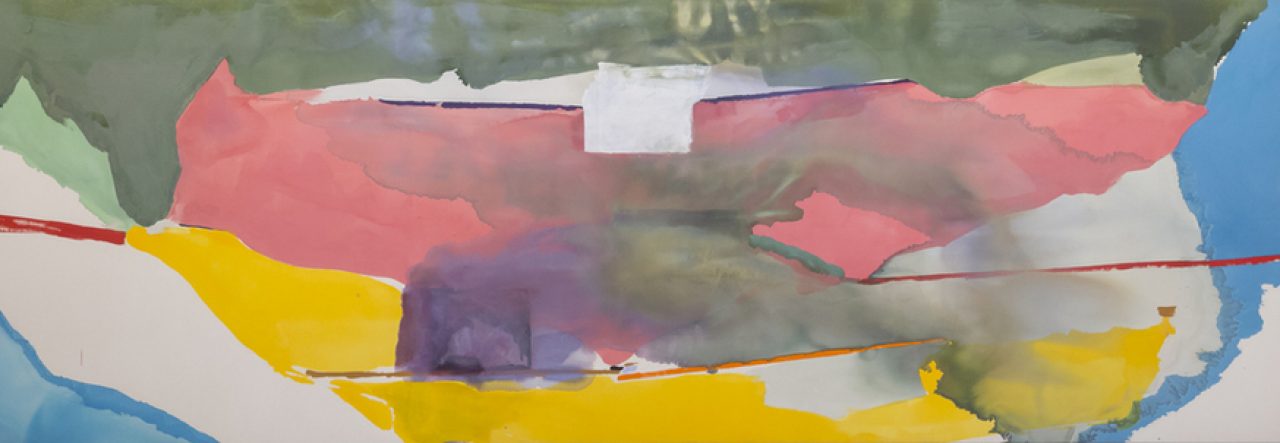Before 1826 every image you saw would’ve been drawn or painted.
Photography “Light Picture”
- Medium of Photography is Light
- Light can transmit an image
- Camera Obscura
- Camera = Room, Obscura = Dark
- A room where you can omit and control light
- Originally invented to help painters. People would project an image on a painting
- Does not produce Photographs
- Camera = Room, Obscura = Dark
- Heliography (Helio = Sun, Graph = Writing)
- Joseph Niepce invented heliography in 1826
- Exposure time was about 8 hours
- Light will affect a treated surface and record an image
- Joseph Niepce invented heliography in 1826
- The Daguerreotype
- Easily reproducible form of photography
- Invented by Louis-Jacques-Mandé Daguerre
- This type of photography became very popular
- Easily reproducible form of photography
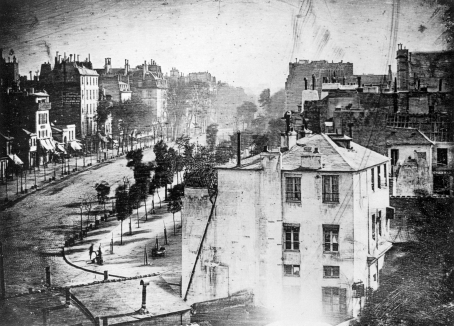
Louis-Jacques-Mandé Daguerre, Boulevard du temple, 1839. Daguerreotype
Photography for the Public
- Kodak Company wanted to make cameras affordable so everyone could have them.
- People would take photos and send in the film to have it developed. “You press the button and we do the rest”
Purposes of Photography
- Fine Art
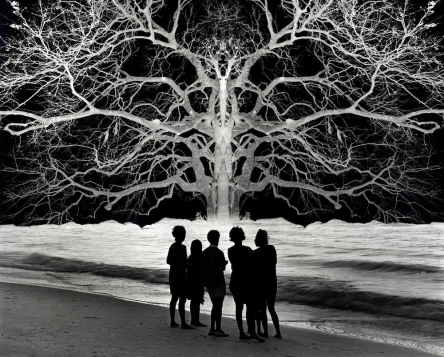
Jerry Uelsmann, Apocalypse II, 1967
- Photojournalism
- Television, Newspaper, News Correspondent
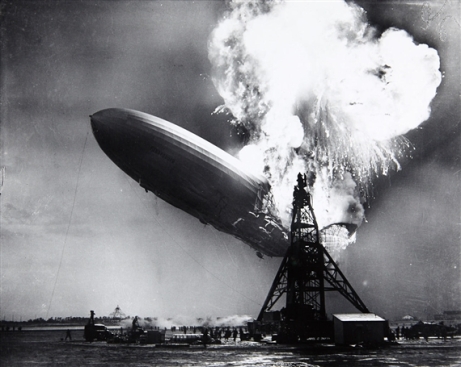
Sam Shere, Hindenburg, Lakehurst N.J
- Editorial Photography
- Advertising and Fashion
- Meant to sell things, promote an image, lifestyle, or fashion
- Advertising and Fashion
Spotlight Photographers
- Mathew Brady
- His goal was to take a photo of every important notable person
- Had daguerreotype salons
- Photojournalism
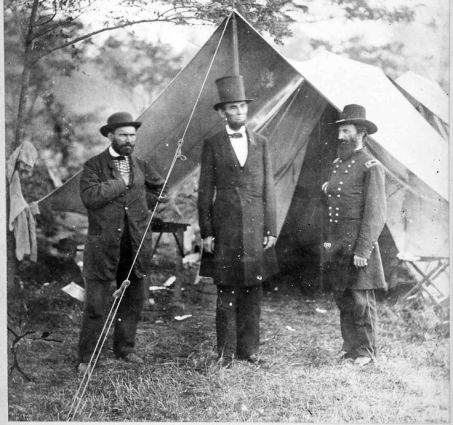
Mathew Brady, Photo of Abraham Lincoln
- Ansel Adams
- Preeminent photographer in the landscape genre

Ansel Adams, Moon and Halfdome
- Dorothea Lange
- Photographer and Photojournalist
- Best known for her documentation of the Depression-era
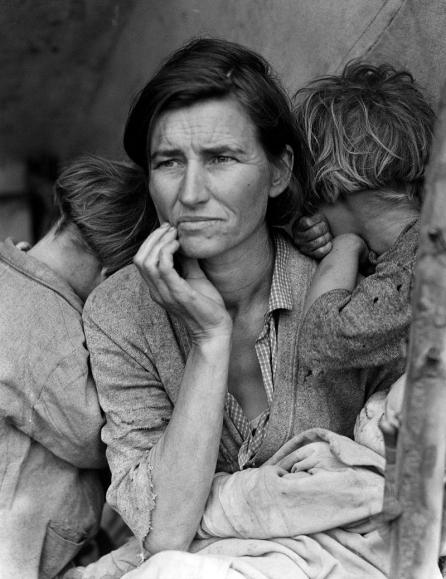
Dorothea Lange, Migrant Mother, 1936.
- Yousuf Karsh
- Best known for his portraits of notable individuals
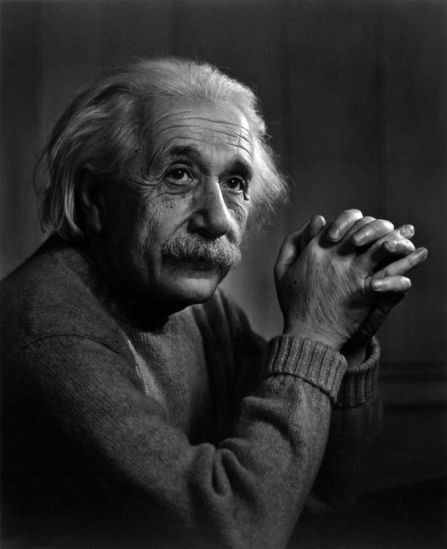
Yousuf Karsh, Albert Einstein, 1948.
Cinematography
- Kinemat = Movement, Graphy = Picture
- Moving Pictures
- Celluloid Negatives
- Invented by William Talbot in 1839, patent sold to George Eastman
- New process that used paper instead of copper plates
- Studies of Motion
- Done by Eadweard Muybridge “Animal Locomotion” in 1887
- He made a sequence of images of a Horse galloping.
- Done by Eadweard Muybridge “Animal Locomotion” in 1887

Eadweard Muybridge, Galloping Horse
- Persistence of vision
- Retention of the visual image in the mind
- 24 frames/second
- Zoopraxiscope
- A set of cards/drawings that could be spun around to create the illusion of motion
- A precursor to film

Three Necessary Elements of Film
- Flexible connected images
- William Talbot – Celluloid
- Artificial light source
- Thomas Edison – Light Bulb
- Projector
- Lumiere Brothers
Technical Advances
- Sound 1927
- Color 1930
Terms
- Full shot – head to toe
- Medium shot – waist up
- Close up – head and shoulders
- Extreme close up – part of face
- Long shot – distance
- Pan shot – camera moving side to side
- Traveling shot – front to back
- Iris shot – darkening at edge
- Editing – creative assembling of film
- Cross cut – two or more scenes together
- Flashback – cut to earlier time
- Special Effects
- Animation
- Auteur – In film it means a person who has tremendous creative control over their film (D.W Griffith, Charlie Chaplain, Alfred Hitchcock, Woody Allen, Ingemar Bergman)
Thursday Class Review
- Fred Ott’s Sneeze
- Also known as Edison Kinetoscopic Record of a Sneeze
- Directed and produced by William K. L. Dickson
- In the short film one of Thomas Edison’s assistants, Fred Ott, sneezes.
- 1895 the Lumiere brothers invented the movie projector in 1895
- Gone With the Wind used the color Red expressively
